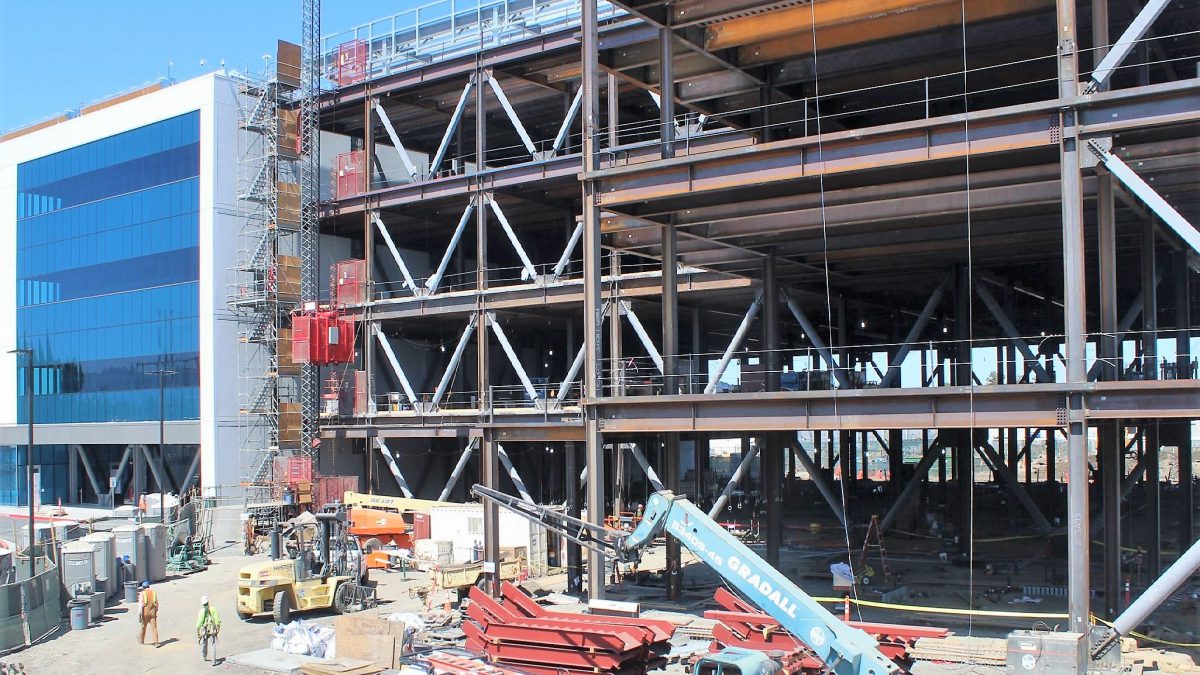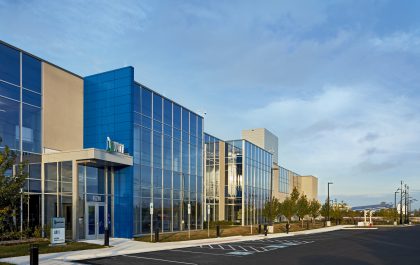To Build, Buy or Lease – That is the (Data Center) Question
In my last post for Data Centers Today, we took a look at the myriad of options that companies have today for hosting and storing their workloads, data and applications. I discussed how, unlike in previous decades when all new applications needed dedicated, physical data centers, today’s companies also have the option to build in the cloud. I laid out the different types of applications and the characteristics of applications that make them prime candidates for hosting in cloud environments.
But what about those other applications and workloads that aren’t prime candidates for a cloud deployment? Let’s take a look at why an application or workload would be better housed on premise or in a physical data center, leased or owned by the application developer, and then we’ll dive into why a company would want to lease data center space from a data center provider instead of building/buying its own.
Why not use the cloud?
Modularity, scale profile and ubiquity are the three characteristics that I said companies should consider when determining if an application or workload is a good fit for cloud hosting.
The cloud’s penchant for splitting workloads makes modularity and a lack of proximity requirements essential. The flexibility and scalability of the cloud make it a good alternative for applications that need to scale quickly to meet spikes in demand. And, finally, the global footprint of cloud providers makes them a great fit for applications and workloads that are ubiquitously utilized across the world.
But what if your application isn’t modular or has proximity requirements? That application would most likely provide a different user experience, not always a good one, if the default was to always deploy in the cloud. What if it has a steady, consistent usage that doesn’t spike and trough over time? Then the scalability and flexibility of the cloud might be wasted. And what if the user base of an application is centralized in one place, not scattered across the world? Then the global footprint of cloud providers isn’t always necessary.
Lastly, what if application security requirements were such that any loss of control simply could not be tolerated either via function or policy? That application would have a tough time being deployed in a cloud environment.
If the benefits of the cloud don’t apply to a workload, then it’s most likely that a business will opt to maintain a higher level of control, which includes hosting it in a more controlled environment like a data center. By deploying an application on premise, the business has control of critical aspects of the application infrastructure: where it is deployed, what components are included in the package, how it is networked, security, etc.
When companies host applications in the cloud, they inherently have less transparency, visibility and control over them. Should companies require greater transparency and control, maintaining an on premise solution, which includes physical data centers that are leased or owned, is the better solution.
But should a company build, buy or lease that data center space?
Build, buy, or lease
I’ve often joked that, “Friends don’t let friends build data centers.” And I have some really good reasons that validate that statement, most of which have to do with the process of building a data center and the companies that need them.
Many of the companies looking for a physical data center aren’t technology companies, or real estate companies, or data center companies. They might be financial services companies looking to launch a new online banking tool for their customers or insurance companies looking to roll out new claims functionality to their policy holders.
In many cases, they’re companies that are very good at doing something that isn’t technology or construction related, yet they are looking to move quickly to bring an IT capability to market. And that lack of experience in data center design, construction and operations – and the desire to go to market quickly – can force them to think about owning and managing their own data centers. So why don’t friends let friends build data centers, and why should most businesses shy away from building? It’s all about the process.
After determining that they want to deploy on premise and utilize a physical data center for an application, data set or workload, a company needs to identify where they want to put that data center. Then they must begin the process of scouting out commercial real estate, performing due diligence with site selection, pulling permits, getting approvals and constructing a physical building.
All these steps take time, and the more time that’s necessary to build the data center, the longer it takes to get that IT capability or application to market. These steps are also a significant investment, requiring a large capital expenditure up front before any capability or application could even come close to being introduced.
In contrast, data center providers are always on the lookout for the next hot data center market and acquiring the best land while it’s available. They then build out the physical aspects of the data center in advance, taking the unique requirements of a data center into account. This means they’re working to ensure that the cooling and power are substantial and redundant, and ensuring physical security is in place to keep critical infrastructure safe and operating.
By the time a company leases space from a data center provider, much of the heavy lifting is done, and only a fraction of the work – and the time – is needed to get the necessary IT infrastructure in place before that company can go to market.
Leasing data center space also drastically reduces the large capital expenditure (CAPEX) necessary to bring an IT capability or application to life. There is no need to buy land, pay for design and construction, and purchase expensive commercial cooling and electrical equipment since the data center provider has already done that. Instead, the data center is paid for as a lower, recurring operating expense (OPEX).
But speed to market and cost are just some of the benefits. Another is knowledge.
Next generation IT and data center considerations
New disruptive technologies are entering the marketplace and changing the way today’s companies operate and do business. These exciting technologies, including artificial intelligence (AI), Big Data, data analytics and machine learning, all come with a new set of requirements that are unlike anything we’ve seen in the past.
The immense computing power of today’s AI solutions must be taken into account when building data centers that will house the servers these applications run on. And data center providers are best equipped with the knowledge and skills necessary to build and maintain the data centers that power and cool these applications.
With the introduction of new AI programs and solutions, rack densities are increasing. AI solutions require large amounts of compute power, and one of the ways of meeting this need is through the deployment of GPUs. These types of deployments create significant challenges for data center staff who find themselves needing to innovate to keep hardware powered and cooled. This may mean utilizing state-of-the-art technologies such as water to the rack/chip or even immersion to meet the needs of these power-hungry, BTU producing applications.
Regardless, the requirements for powering and cooling application infrastructure are changing and having the engineers and professionals on staff who can meet these requirements is paramount. Traditional companies don’t have the personnel to address these issues, but data center providers do.
There are still many reasons why a company may elect to host an application or workload on premise – from security to control, transparency and cost. But should a company build its own data center? I would rarely recommend it. After all, friends don’t let friends build data centers.
To learn more about Vantage’s wholesale data centers located throughout North America, please visit our website.
Steve Conner
Steve Conner serves as vice president, solutions engineering at Vantage Data Centers. He is responsible for leading the company’s sales team on technical requirements in pursuit of new business.
Conner has more than 25 years of experience in building and leading highly motivated sales and engineering teams. Prior to Vantage, Conner led the sales and engineering teams at Cloudistics, taking the start-up’s revenue from $0 to over $5 million in its first year of selling. He held multiple senior level positions at Nutanix where he built a multi-million-dollar business unit focused on managed service providers.
Conner holds a Bachelor of Science degree in computer science from University of Richmond, a Master of Science degree in computer science from George Mason University, and an MBA from Florida Institute of Technology. As part of his focus on technology and enterprise architecture, Conner has earned multiple certifications including CCNP/DP, CISSP and ISSAP.



